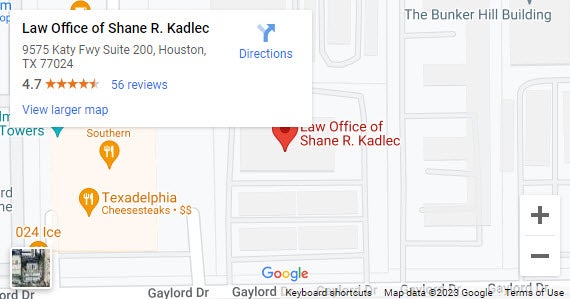
There are a variety of situations where people may suffer catastrophic injuries. Serious bodily harm may occur in a high-speed motor vehicle collision, a fall from a great height, or due to an assault, to name just a few examples. Some of the most severe injuries affect the spinal cord, and in these cases, a person may experience paralysis, mobility issues, and a variety of other health concerns. By understanding the different types of spinal cord injuries and the ways they can affect a person, victims will be able to pursue compensation that fully addresses their damages.
Complete and Incomplete Spinal Cord Injuries at Different Levels of the Spine
The spinal cord is a crucial part of the body’s central nervous system. Since it transmits nerve impulses between the brain and other parts of the body, damage to the spinal cord can result in loss of sensation or partial or complete paralysis in the areas of the body that are affected.
Injuries to the spinal cord fall into two general categories. Complete spinal cord injuries may occur when the spinal cord is severed or suffers serious damage, and they will result in a total loss of sensation and motor function in the areas of the body below where the injury occurred. An incomplete spinal cord injury is less severe, and it may involve compression of the spinal cord or partial damage to nerves. People with incomplete spinal cord injuries will retain some function and sensation, but they will likely still experience significant limitations on their ability to use the parts of their body that have been affected.
The severity of a spinal cord injury will also depend on the level of the spine where nerves are damaged. Cervical spinal cord injuries that affect the vertebrae in the neck are usually the most serious, and they may result in quadriplegia or tetraplegia in which a person suffers paralysis of the arms, legs, and torso. In serious cases, a person may lose the ability to breathe on their own, and they may need to use a mechanical ventilator to ensure that they receive enough oxygen to survive.
Thoracic spinal cord injuries that affect the vertebrae in the upper back may result in paraplegia, in which a person suffers paralysis in their legs and lower body, as well as loss of sensation and function in the torso and abdomen. Lumbar and sacral spinal cord injuries that affect the lower back will often lead to partial paralysis in the legs and lower body, as well as other issues, such as loss of control of the bowels, bladder, and sexual organs.
Contact Our Harris County Spinal Cord Injury Lawyers
Spine injuries can affect nearly every area of a person’s life, and they will often result in life-long disabilities. When these injuries are caused by someone else’s negligence, victims will want to determine how they can receive financial compensation that addresses all the ways they have been affected. A victim may be able to receive compensation for medical expenses, loss of income due to a disability, and the physical and emotional pain and suffering they have experienced. To learn how Law Office of Shane R. Kadlec can help victims in these cases, contact our Houston catastrophic injury attorneys at 281-643-2000 and schedule a free consultation today.
Sources:
https://www.mayoclinic.org/diseases-conditions/spinal-cord-injury/symptoms-causes/syc-20377890
https://www.christopherreeve.org/living-with-paralysis/health/causes-of-paralysis/spinal-cord-injury
https://www.shepherd.org/patient-programs/spinal-cord-injury/levels-and-types




